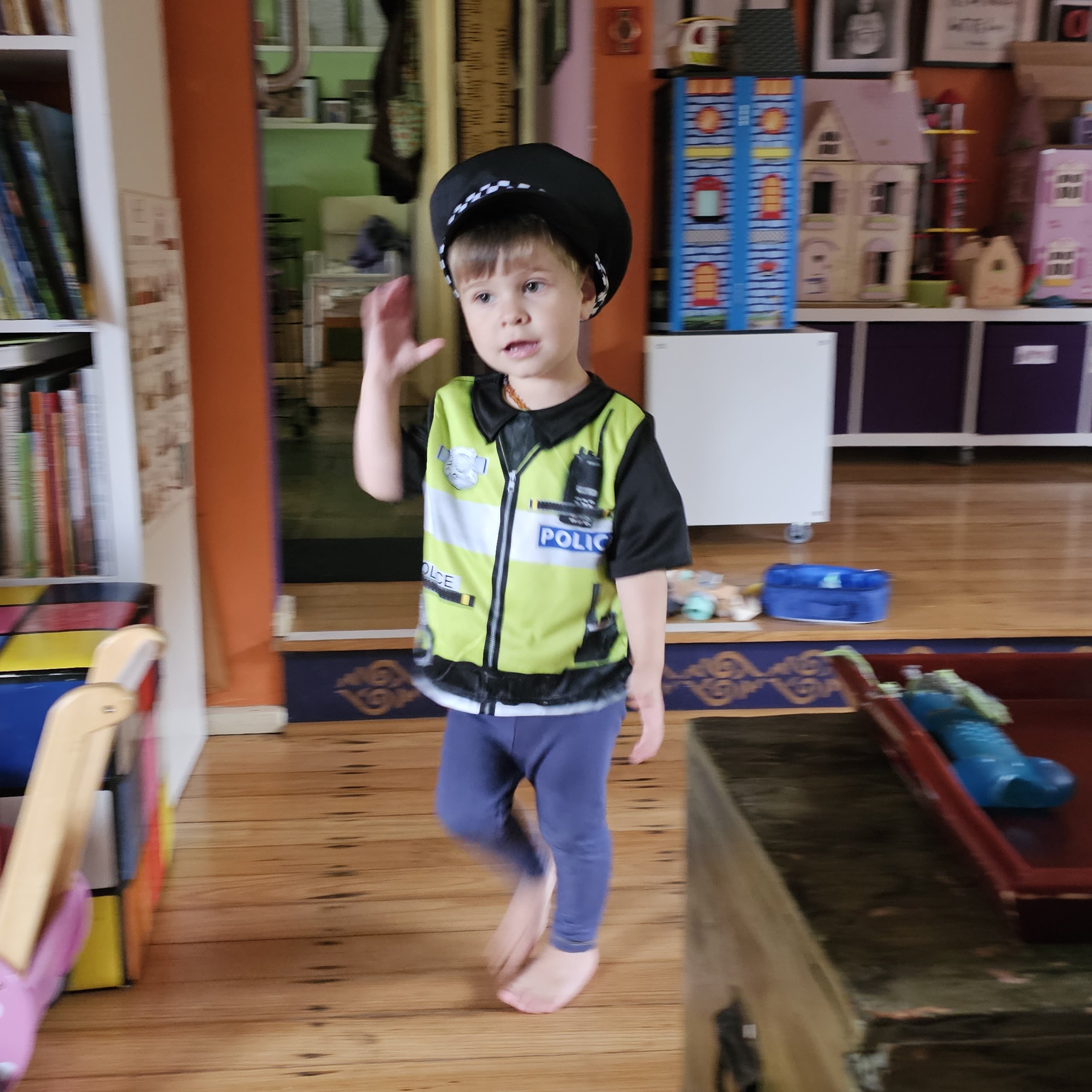Granny’s Guide to … Choosing Toys
(your children will actually play with)
Walk into the toy section of any store and you will be overwhelmed by an array of bright, shiny offerings, each promising to be everything you need to entertain a child for hours.
So why is it your child complains of boredom while being surrounded by discarded and unloved playthings?
While some might think children are spoiled, over-indulged and don’t appreciate their belongings, the reality is very different. The majority of toys on offer provide short-term entertainment but little in the way of ongoing engagement in play. Indeed, once removed from the elaborate packaging, batteries installed and buttons pushed, many toys have limited functions and it could be argued the designer had more fun creating them than children will gain from playing with it! Once the novelty wears off, the child moves on feeling bored and looking for more short-term amusement.
However, it doesn’t need to be this way. By choosing toys which offer open-ended play, a child can be stimulated to use them in unlimited ways, with minimal direction and multiple opportunities. They may not have the bells and whistles of the latest fad item but they will still be in action long after other toys have been discarded.
Here are my top choices:
Constructive play: from traditional wooden blocks to classic Duplo and Lego, building your own world is always a favourite. Toddlers start out with stacking a few blocks and crashing them down, before moving on to creating roads, towers and complex arrangements created by their own imagination. Build on the basics by bringing in additional sets to grow with the child and refresh interest as they grow.
Social play: children learn by imitation and providing the props for them to recreate their every-day world is important. From tea-sets and play kitchens to doctor’s kits and dress-ups, pretend play grows alongside your child’s imagination – the simple tea party of a one-year old becoming a complex story line of a five-year-old. Boys and girls learn life skills and how the world works as they take on the roles they see in their community.
Fantasy play: creating a small world where they control what happens is an important part of childhood play. Toy animals, cars, trains, dolls, action figures and similar toys – plus props to build a world for them to inhabit – provide endless opportunities.
Sensory play: Yes, I know – mess! But sand pits, playdough, water-play, slime and kinetic sand are all great opportunities to experience textures, practice pouring skills, learn about volume and area and have fun! Paints and other art mediums encourage creative skills and support pre-writing and writing skills. Provide materials as well as tools to use with them, set up play spaces where clean up is easy and remember – it all comes out in the wash!
Physical play: Gross and fine motor skills are both important for development. Children need lots of outdoor opportunities to use and develop their large muscles, to build tone and strength. Climbing, swinging, running and jumping all have important roles. Think climbing frames, ride-on toys/bikes/scooters etc, trampolines and swing sets. But also allow imaginations to guide play by providing lose parts like boards to balance on, hoops to jump and hop over and open spaces to run in.
Play is children’s work and key to mental, physical and emotional development. By choosing toys which engage – and continue to engage – interaction, you will not only entertain in the moment, but occupy them over time.













